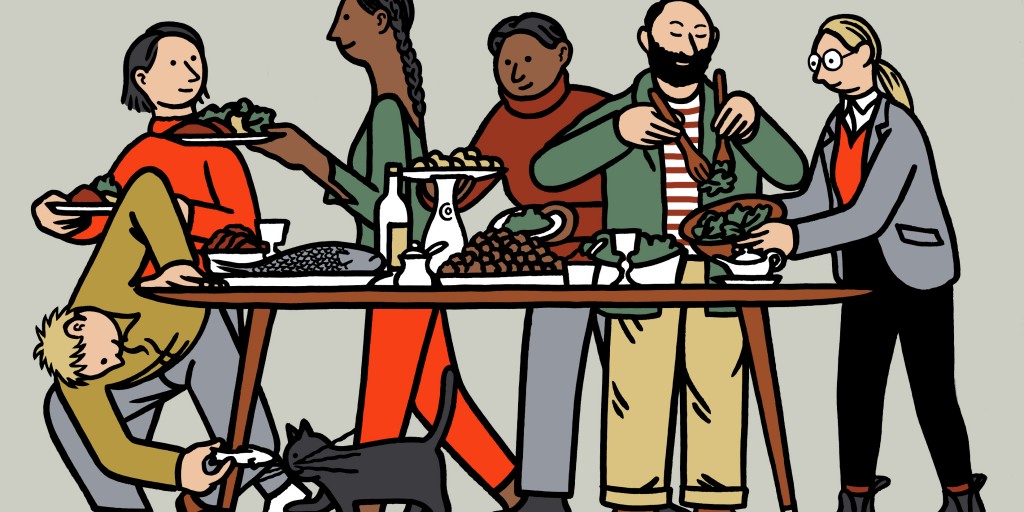Ana Andjelic: Ironically, the ‘slowness’ movement shows no signs of slowing down.
NEW YORK — You could argue that our craving for the comforts of pre-Internet simplicity — the farm-to-table food, homemade meals, hand-woven items, board games, and yes, hygge — is a symptom of the Internet: our lives are too fast, too busy, too connected, and too global, so we seek basic joys that are the opposite of that.

We desire the tangible, the sincere, and the rare. And although that desire may be a reaction to always-on digital connection, there’s big irony at play here:
Our solutions to digital saturation, are in fact, fostered online. A cursory search reveals no less than 14,000 Instagram posts with the label “#slowmade”, and all sorts of handmade objects, food, and clothing are on display. Consider too that Etsy is in overdrive. Plus there are upstarts like New Craftsmen, Lusitano1143, 1stDibs, Soane Britan, and others that have launched in recent years just to satisfy our twee cravings for wood-carved items, hand-woven blankets, and glass canisters blown in a trunk of a tree.
Lifestyle implications. Our mission to slow things down has become an elevated lifestyle. It helps to explain the surge in popularity of hygge, the Danish art of coziness. It’s the intimate activity of staying in with a selected group of friends, and sharing things like local food and homemade mulled wine, under warm candlelight. Hygge took Northern Europe by storm, generating endless how-to manuals, and even making it among the top three most used terms of 2016, according to New York Times. (The conclusion here is easy to draw: If the Internet is too accessible, our hygge nights surely are not.)
We may think that cozying up is our response to speed, uncertainty and the sheer vastness of the hyper-connected world around us. We may think that wanting to recognize the hidden, the unconventional, the humble and the simple is a reaction to mass commodification of everything from culture, fashion and art to political protest and social unrest to our own wellness and spirituality.
We also may think that it is our resistance to digitalization of our lives to the point that it doesn’t make sense to use the term ‘digital’ anymore. We wouldn’t be wrong — but we would be missing a much bigger point.
Slow making, hygge, and wabi-sabi (the Japanese art of imperfection), are not just a reaction arising from constant digital connectedness. They are also aspirational by nature.
As such, they speak directly to the modern luxury ideal of experiences over material goods. Consider:
- Accumulating experiences as so-called ‘luxury goods’ themselves. Today we strive to accumulate the simplest of pleasures, like comfort, rest, and contentment with the same fervor we strived to accumulate material possessions or professional achievements. Our success in life is measured by the quality of our being, versus doing or having.
- Lifestyle of simplicity, modesty and humility is the new status symbol. Most of us, though we may want to, find it near impossible to do things without the aid of technology. Being inaccessible and unplugged is reserved only to those who can afford to use technology at will — and not as a necessity.
Technology has transformed how we work and play. It’s made the world far more accessible, transparent, and easily accessible. But it’s also compressed time and space — allowing someone in Dubai, Tashkent, or Minnesota to buy the same things, read the same stories, and enjoy the same entertainment. It turns out, we don’t actually want that.






